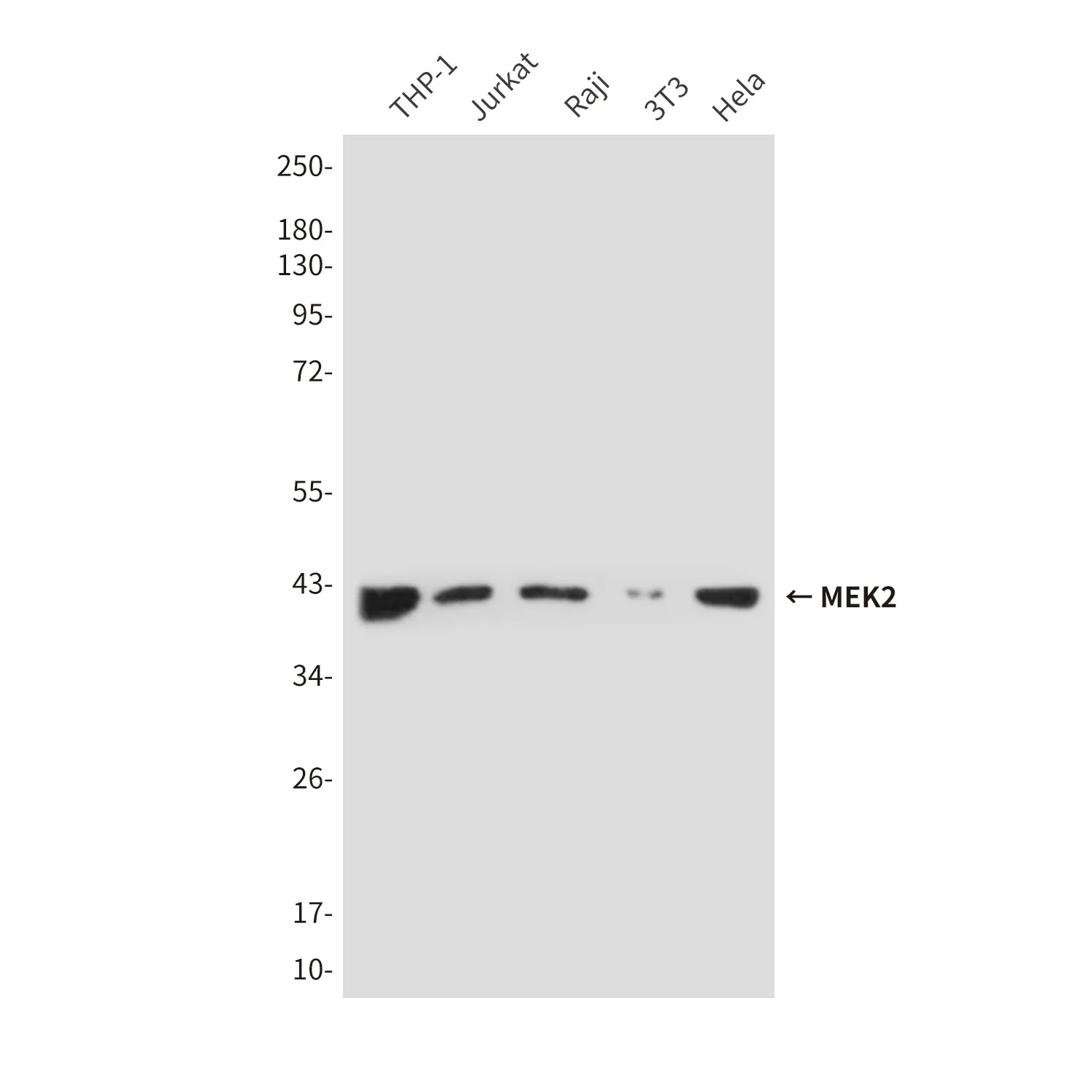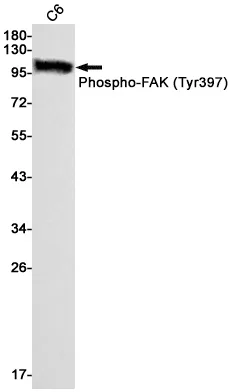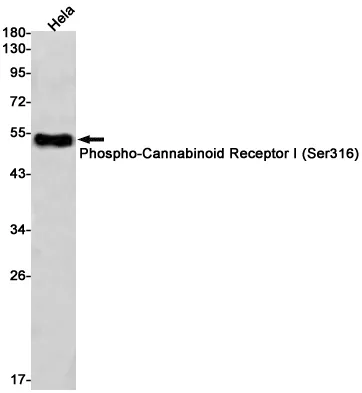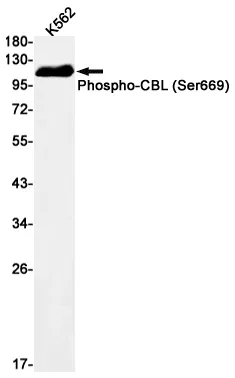Summary
Performance
Immunogen
Application
Background
Efficiently joins single-strand breaks in a double-stranded polydeoxynucleotide in an ATP-dependent reaction. Involved in DNA non-homologous end joining (NHEJ) required for double-strand break repair and V(D)J recombination. DNA ligase involved in DNA non-homologous end joining (NHEJ); required for double-strand break (DSB) repair and V(D)J recombination (PubMed:8798671, PubMed:9242410, PubMed:9809069, PubMed:12517771, PubMed:17290226). Catalyzes the NHEJ ligation step of the broken DNA during DSB repair by resealing the DNA breaks after the gap filling is completed (PubMed:9242410, PubMed:9809069, PubMed:12517771, PubMed:17290226). Joins single-strand breaks in a double-stranded polydeoxynucleotide in an ATP-dependent reaction (PubMed:9242410, PubMed:9809069, PubMed:12517771, PubMed:17290226). LIG4 is mechanistically flexible: it can ligate nicks as well as compatible DNA overhangs alone, while in the presence of XRCC4, it can ligate ends with 2-nucleotides (nt) microhomology and 1-nt gaps (PubMed:17290226). Forms a subcomplex with XRCC4; the LIG4-XRCC4 subcomplex is responsible for the NHEJ ligation step and XRCC4 enhances the joining activity of LIG4 (PubMed:9242410, PubMed:9809069). Binding of the LIG4-XRCC4 complex to DNA ends is dependent on the assembly of the DNA-dependent protein kinase complex DNA-PK to these DNA ends (PubMed:10854421). LIG4 regulates nuclear localization of XRCC4 (PubMed:24984242).
Research Area




